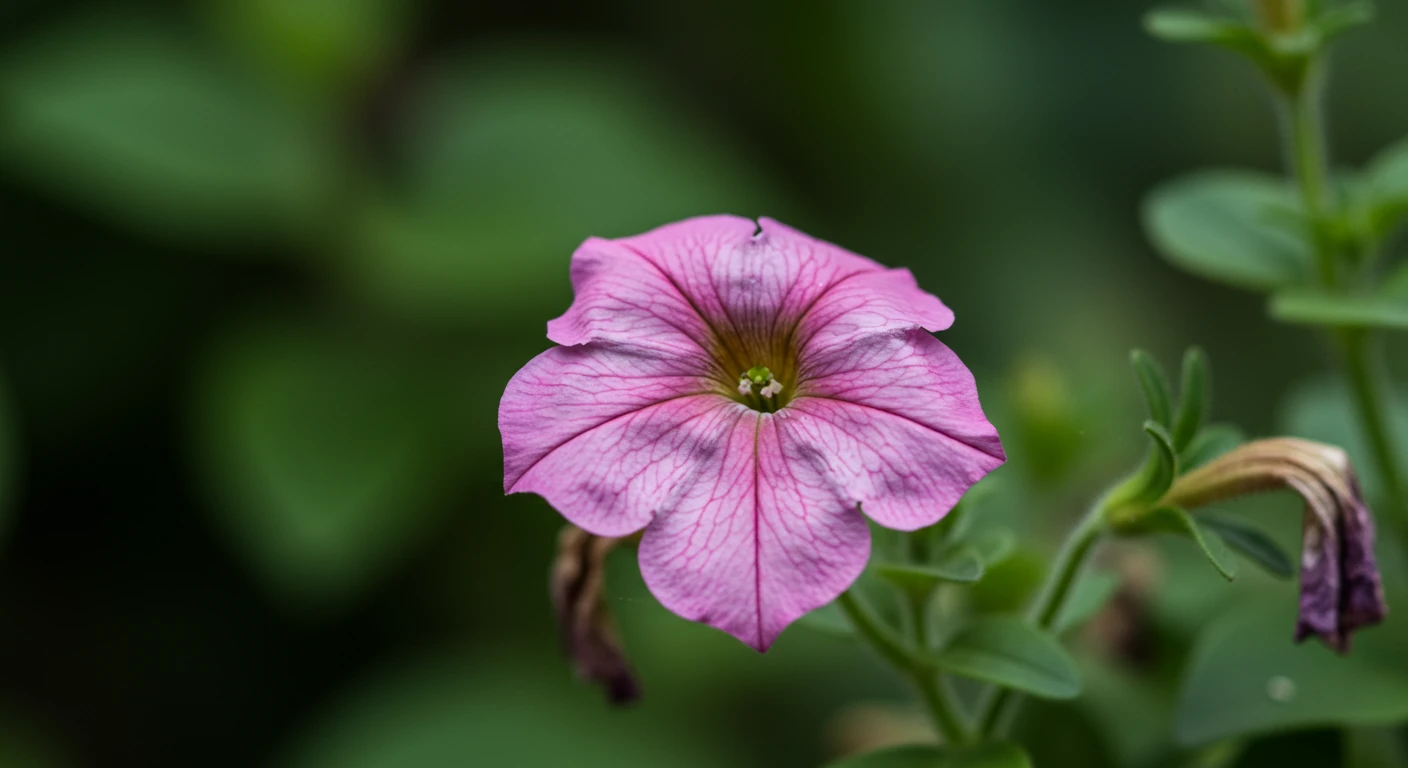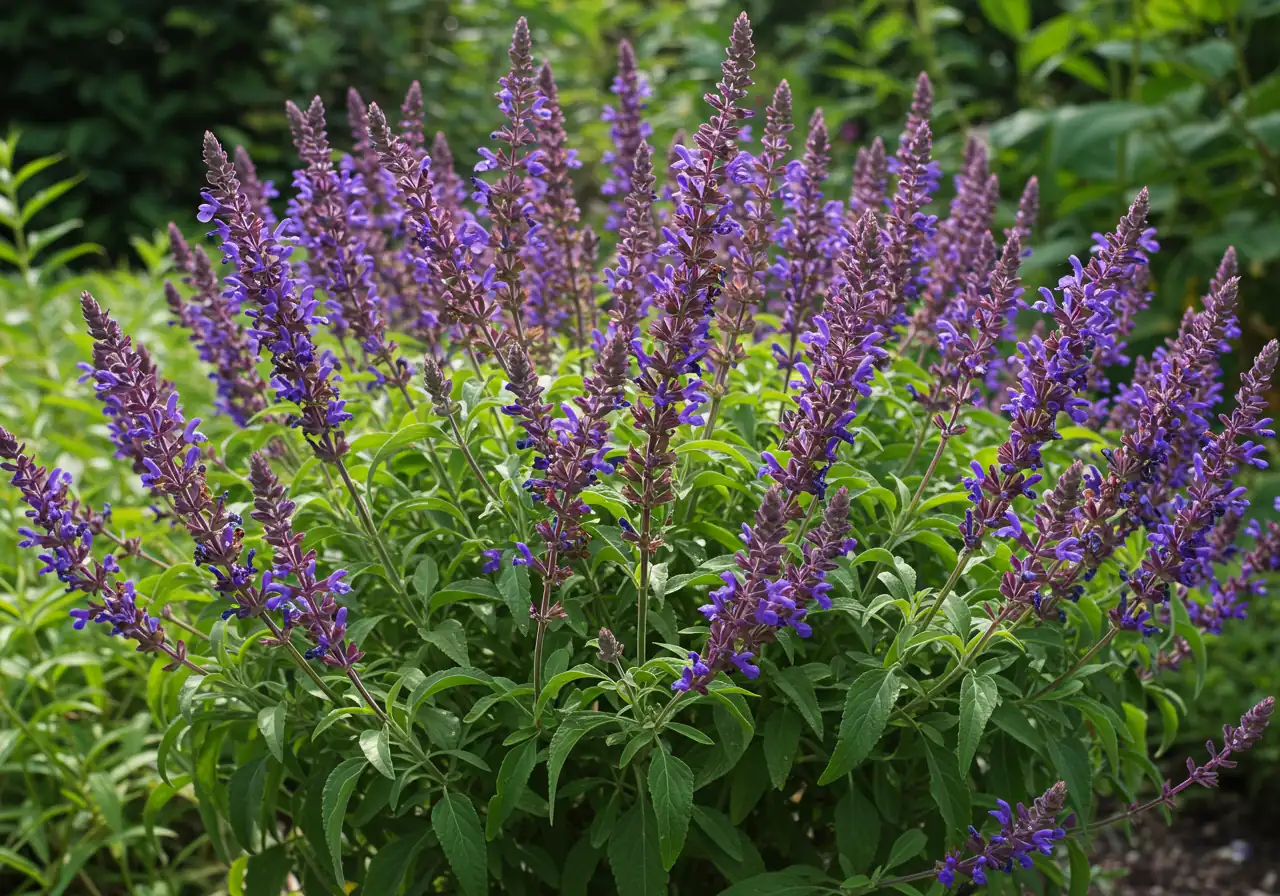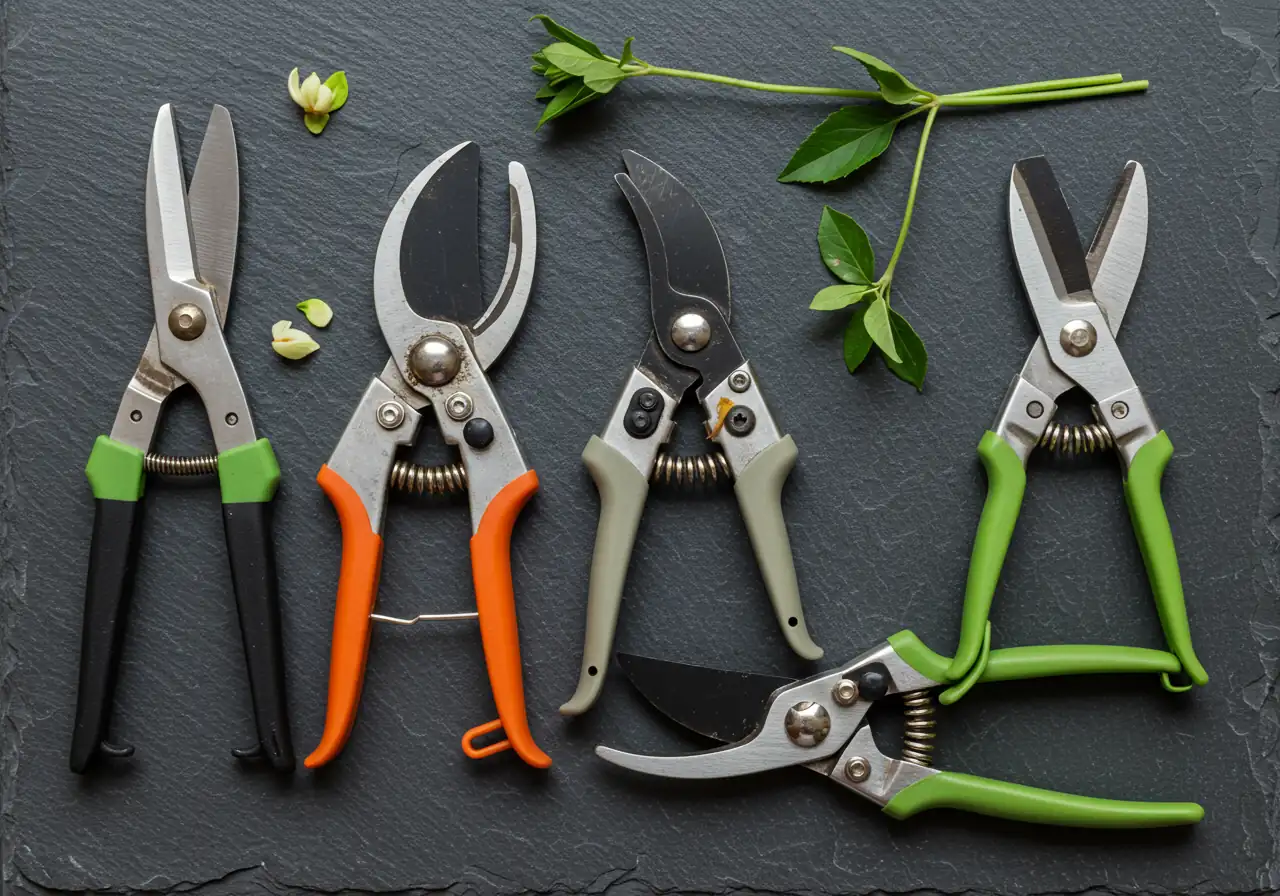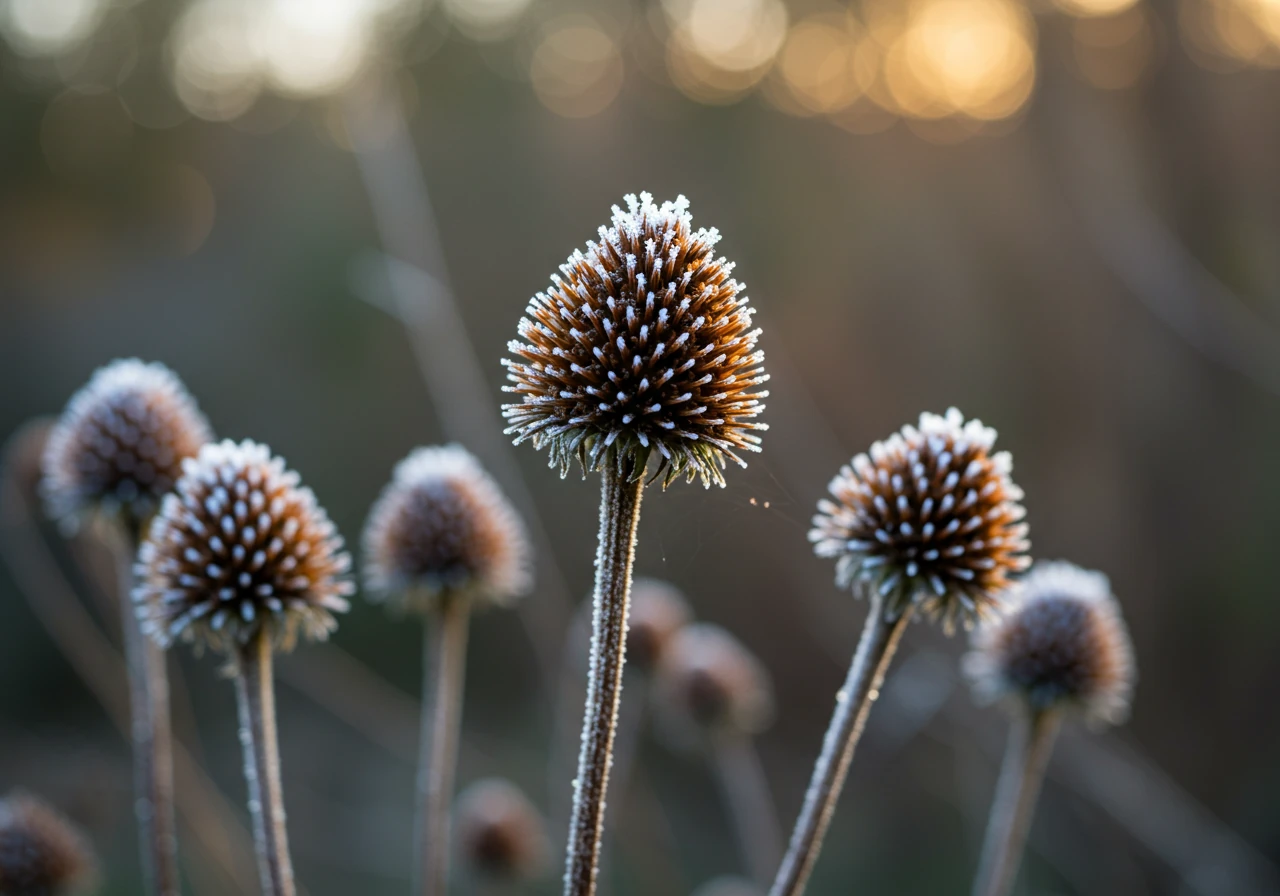Boost Greely Blooms: Expert Summer Deadheading Guide
Quick Guide to Better Blooms:
- Deadheading (removing spent flowers) encourages more blooms and tidies plants.
- It redirects plant energy from seed production to flower production.
- Regular deadheading helps prevent pests and diseases.
- Use fingers, snips, or shears depending on the plant.
- Stop deadheading certain perennials late summer for winter interest/bird food.
Keep your garden looking its best! Need help? Request a free estimate from Clean Yards today!
Introduction: Greely Gardens Gone Wild? Tame the Tangles with Summer Deadheading!

Is your Greely garden looking a little less ‘glorious’ and a bit more ‘gone wild’ as summer rolls on? Are your once-vibrant flowers starting to look tired, faded, and maybe even a little messy? Don’t worry, you’re not alone! Keeping a garden looking its best through the heat takes a little effort, but one simple technique can make a world of difference: deadheading.
So, what exactly is this magical-sounding task? Deadheading is simply the gardening practice of removing spent or faded flowers from your plants. Think of it as giving your plants a little haircut to encourage new growth. Why bother? Well, removing old blooms does several fantastic things:
- It encourages many plants, especially annuals and repeat-blooming perennials, to produce more flowers instead of focusing their energy on making seeds.
- It instantly neatens up your plants and your overall garden landscape, preventing that straggly, end-of-season look.
- It can sometimes help prevent pests and diseases that might be attracted to decaying flower heads.
Here in the Ottawa area, from Greely to Barrhaven and beyond, maximizing our precious growing season is key. Regular deadheading throughout the summer is one of the easiest ways to keep the colour coming and truly extend the bloom season, ensuring your garden stays vibrant and cheerful for as long as possible. Let’s grab those pruners and learn how! Check out our Google My Business page for local reviews!
Why Bother? The Science Behind the Snip (It’s Not Just About Looks!)
Okay, let’s break down why snipping off those spent blooms is more than just garden housekeeping. It might seem like extra work, but trust us, your plants (and your eyes!) will thank you. Here’s the science behind the snip, explained simply:

Plants on a Mission: The Seed Saga
Think of your flowering plants having one big job: to reproduce! Those gorgeous blooms aren’t just there to look pretty for us; they’re the plant’s way of saying, “Hey pollinators, come over here!” Their ultimate goal is to create seeds for the next generation. Once a flower gets pollinated and starts to fade, the plant shifts its energy. It stops focusing on making more pretty flowers and starts pouring all its resources into developing those seeds within the dying bloom.
Deadheading is like hitting the pause button on seed production. When you snip off that spent flower head before it fully develops seeds, you essentially trick the plant. It thinks, “Oops, that attempt didn’t work out. Better make some more flowers to try again!” This clever redirection of energy means many plants, especially annuals (like marigolds and petunias) and repeat-blooming perennials (like salvia and some roses), will push out new buds, giving you a longer, more impressive flower show. You went to the effort of creating beautiful flower beds, maybe even getting inspiration from an , so keep them blooming!
Dodging Disease and Pesky Pests
Those sad, soggy, decaying flower heads can unfortunately become prime real estate for problems. Especially here in the Ottawa region, where summer can bring heat and humidity, rotting plant matter is an open invitation for fungal diseases like botrytis (grey mold) and powdery mildew. Plus, pests like earwigs and slugs sometimes like to hang out in the damp, decaying mess. Giving your plants a quick snip removes these potential havens for trouble, allowing for better air circulation around the plant and keeping things healthier overall. Think of it as preventative maintenance – a little tidying now prevents bigger headaches later. It’s part of keeping the whole yard looking sharp, just like how a comprehensive Kenmore yard cleanup service tackles accumulated debris.
Controlling the Chaos (Stopping Sneaky Seeds)
Let’s be honest, while “free plants” sound great, some species are very good at spreading themselves around via seed. Sometimes, a little too good! Deadheading stops the plant from dropping seeds everywhere, preventing your well-behaved perennials from being overrun by overly ambitious self-seeders next year. This gives you control over your garden design and keeps beds looking intentional and tidy, which definitely adds to your home’s overall look. Neatness counts, contributing positively just like how properly handled tree issues, such as undertaking Metcalfe stump grinding enhances spring curb appeal.
Maximize Flower Production
By removing spent flowers before they form seeds, you encourage plants like Petunias, Marigolds, Zinnias, Salvia, and repeat-blooming Roses to redirect energy into producing new buds. This results in a significantly longer and more prolific blooming season.
Improve Plant Vigor & Prevent Issues
Fading blooms can attract pests (like aphids or slugs) and foster fungal diseases (like botrytis or powdery mildew) in humid conditions. Deadheading removes these potential problems, improving air circulation around the plant and keeping it healthier overall. It’s easier to manage issues when you’re regularly inspecting your plants up close.
Enhance Aesthetic Appeal
Removing brown, wilted, or soggy flower heads instantly makes plants look neater and more attractive. A well-deadheaded garden looks cared for and vibrant, preventing the straggly appearance that can occur mid-to-late summer. This contributes significantly to your property’s overall curb appeal, complementing efforts like good lawn care.
More Blooms = Better Views & Longer Enjoyment
Ultimately, deadheading leads to more flowers over a longer period. Who doesn’t want that? A garden that keeps pumping out colour is simply more enjoyable. It makes spending time outside more pleasant, whether you’re hosting a BBQ or just relaxing with a book. Imagine sitting out, enjoying furniture arranged using , surrounded by vibrant blooms deep into the season. Keeping plants flowering enhances your enjoyment of outdoor spaces throughout the warmer months, contributing to the lifestyle aspects highlighted in these Greely fall outdoor living design tips for home value.
While not *every* single plant requires deadheading (some only bloom once anyway, like peonies, and others have attractive seed heads), for a huge number of common garden favourites, this simple snip makes a world of difference. If tackling deadheading across your whole garden feels daunting alongside other chores, remember that professional gardening and landscaping services are always an option to help keep your Ottawa property looking its best.
Your Deadheading Toolkit & Techniques: Snips, Pinches, and Shears, Oh My!

Alright, ready to become a deadheading dynamo? Don’t worry, you don’t need a complicated arsenal of tools. Keeping your Ottawa garden looking sharp is often simpler than you think! Most of the time, you just need your fingers or a good pair of snips. Let’s look at the main players:
- The Mighty Pinch: Your built-in tools! Fingers are perfect for soft-stemmed plants like petunias, coleus (if you’re pinching off flower spikes to encourage foliage), or impatiens. Simply pinch the faded flower stem between your thumb and forefinger, snapping it off cleanly just above a set of healthy leaves or a node where new growth can start. It’s fast, easy, and oh-so-satisfying.
- Trusty Snips (or Secateurs): These are your go-to for most deadheading tasks. Floral snips (like sharp scissors) or bypass pruners work great. Use them for plants with slightly tougher individual stems like roses, coneflowers, daisies, salvia, and zinnias. The key is to make a clean cut. Follow the faded flower stem down to the first set of full leaves or to a visible side bud/stem, and snip just above it. This encourages branching and more blooms. Keep your snips sharp and clean! Wiping the blades with rubbing alcohol between plants is a smart habit to prevent spreading any potential diseases – it’s a small step that supports the same goal as thorough soil preparation for overall plant health. Remember to always handle sharp tools safely! For advanced techniques, consider our material selection advice.
- Handy Shears: Sometimes, you face a mass of tiny spent flowers, like on lavender after its main flush, some types of coreopsis, or creeping phlox. Trying to snip each one would take forever! This is where garden shears come in. You can lightly shear off the top layer of faded blooms across the whole plant. It’s less precise, but efficient for stimulating a potential rebloom or just tidying things up quickly.
Matching Technique to Plant:
Generally:
- Single flowers on long stems (like some lilies, though not repeat bloomers): Snip the stem off near the base once faded.
- Flowers on branching stems (like cosmos, marigolds): Snip individual spent blooms back to a lateral leaf, bud, or joining stem.
- Masses of small flowers: Consider shearing.
A Quick Ottawa Soil Note: You might notice stems feel slightly different depending on your location. Plants grown in the heavier clay soils sometimes found in parts of Nepean might develop slightly tougher stems compared to those in the sandier soils around Greely. If pinching feels tough, grab those snips! Proper care techniques contribute to the success of any garden installation.
Regular deadheading walks become a pleasant part of your garden routine, alongside tasks like basic lawn care. You get to admire your work and maybe get ideas by checking out our gallery of beautiful local gardens. If managing all the spent blooms feels like a chore taking away from your enjoyment, remember that a professional Ottawa garden clean up service can handle the detailed work. It’s a more focused task than, say, a full-scale Marionville property cleanup service, but just as important for aesthetics. Should you reach out for help, know that we value your data; you can review how we handle information in our privacy policy. Happy snipping!
Timing is Everything: Your Ottawa Summer Deadheading Calendar

So, you’re ready to snip your way to a continuously blooming paradise? Fantastic! But *when* exactly should you be deadheading those flowers in your Ottawa garden? It’s not a one-time job, folks. Think of it more like a relaxing stroll through your garden with purpose, maybe once or twice a week during peak season. Timing varies a bit depending on the plant and the time of summer.
Let’s break down the Ottawa summer deadheading season:
Early Summer (June – Early July)
Initial bloomers finish (e.g., Peonies – snip for tidiness). Consider the “Chelsea Chop” for leggy perennials. Start deadheading early annuals and repeat perennials promptly to encourage bud set. Sets the stage, like a good Metcalf yard cleanup service.
Mid Summer (July – August)
Peak deadheading time! Be diligent (weekly walks). Focus on annuals (Petunias, Marigolds) and repeat perennials (Salvia, Coreopsis). More snips = more flowers! Manage tasks via our customer portal if needed.
Late Summer (Late Aug – Sept)
Begin selective stopping. *Stop* deadheading plants for winter interest (Coneflowers, Sedum, Grasses). Continue with annuals for last burst of colour. Transition towards fall cleanup, like prepping for a Marionville garden clean up service.
A Simple Calendar Idea:
| Plant Type | Early Summer Action | Mid Summer Action | Late Summer Action | Notes |
|---|---|---|---|---|
| Annuals | Snip first fades | Deadhead regularly | Continue deadheading | Keep ’em coming! Maximize blooms before frost. |
| Repeat Perennial | Snip first fades | Deadhead regularly | Start easing off some | Check for winter interest potential. |
| Single Bloomer | Snip when faded | Tidy stems if needed | Leave seed heads if desired | E.g., Peonies, some Lilies. For tidiness mainly. |
| Winter Interest | Leave alone mostly | Let flowers develop fully | Do Not Deadhead | E.g., Grasses, Sedum ‘Autumn Joy’, Echinacea. For structure & birds. |
Consistency is key! A little effort often goes a long way to keeping your Ottawa garden looking spectacular all summer. We hope these tips help, and we want to say thank you for taking pride in your outdoor space! For big projects like new lawns, consider our professional sod installation.
Visualizing Bloom Extension (Illustrative)
Chart illustrates potential increase in bloom duration/intensity with regular deadheading vs. none or occasional. Actual results vary by plant and conditions.
Beyond Blooms: Deadheading for Pest & Disease Management in Ottawa
Think deadheading is just about keeping your flowers looking Instagram-worthy? Think again! Snipping off those spent blooms is actually one of your secret weapons in the battle against garden pests and diseases here in Ottawa. It’s like being a super-sneaky garden ninja, taking out problems before they even start.
Faded, damp flower heads are basically party invitations for unwanted guests. In our often humid Ottawa summers, mushy petals can quickly become breeding grounds for fungal diseases like botrytis (grey mold) or powdery mildew. Yuck! Plus, creepy crawlies like slugs, earwigs, and aphids love hiding out in that decaying mess. When you deadhead regularly, you’re essentially evicting these squatters and removing their potential homes and food sources. Less mess equals fewer problems! You can find useful resources on garden pests from the City of Ottawa or the Master Gardeners of Ottawa-Carleton.
The real magic, though? Deadheading forces you to get up close and personal with your plants. While you’re snipping away, you become an early-detection expert! Noticed some weird spots on the leaves below that faded bloom? Seeing tiny webs or sticky stuff? Catching these issues early means you can often just snip off the affected part *well below* the problem area, stopping the spread in its tracks. This simple act can prevent a small issue from becoming a garden-wide epidemic, contributing to beautiful overall garden transformations.
Now, what to do with the snipped bits?
- Healthy clippings: These can usually go right into your compost bin. Happy composting!
- Diseased or infested clippings: Don’t risk spreading the problem! Bag these up securely and put them in your regular garbage. It’s better to be safe than sorry, especially if you’re not hot composting. This careful disposal is key to maintaining a healthy garden ecosystem, whether you’re in Kars or Russell.
Keeping your garden healthy through practices like deadheading doesn’t just benefit you; it contributes to a healthier neighbourhood environment too. Fewer pests and diseases mean less potential spread to your neighbours’ yards. Sometimes, if problems get out of hand, a more intensive cleanup is needed, similar to what our dedicated Metcalf property cleanup service provides. Consistent care avoids bigger headaches later, unlike skipping smaller tasks which might lead to needing something comprehensive like our Ottawa property cleanup service.
If you’re consistently battling pests or diseases despite your diligent snipping, it might be time for a professional assessment. We value hearing about your garden challenges, much like we appreciate reading customer estimate feedback to improve our services. Don’t hesitate to reach out – you can easily book an estimate online for personalized solutions. Review our terms and conditions for service details.
Pro Tip Highlight Box: Deadheading Do’s and Don’ts
Ready to snip like a pro in your Ottawa garden? Keep these quick tips in mind for happy, blooming plants!
- DO deadhead regularly. A little snipping every few days keeps many flowers producing and prevents the task from becoming overwhelming. Think of it as light upkeep compared to a full Ottawa yard cleanup service.
- DO snip or pinch back to the next set of healthy leaves or a visible bud. This encourages bushier growth and more blooms!
- DO keep your snips clean! Wipe blades between plants (especially if you suspect disease) to avoid spreading problems.
- DON’T just yank the flower heads off! This can damage the plant stem. Make clean cuts.
- DON’T compost diseased or pest-infested clippings. Bag them for the trash – unlike the healthy green waste often removed during a Metcalf garden clean up service.
- DON’T forget about winter interest! Stop deadheading plants like coneflowers or ornamental grasses in late summer so birds can enjoy the seeds. Consistent tidiness, alongside tasks like expert mulching and edging services, makes a huge difference.
Deadheading is a key part of ongoing garden maintenance services. Need a hand keeping up? Don’t hesitate to get in touch with Clean Yards!
Greely Gardeners Ask: Your Ottawa Deadheading FAQs
Got questions about snipping those spent blooms? You’re not alone! Here are some common queries we hear from gardeners around Greely and the greater Ottawa area, answered simply.
Not necessarily! While you can keep snipping annuals for late colour, stop deadheading perennials like coneflowers or sedum in late August/September. Leaving their seed heads provides winter interest and food for birds. Think of it as wrapping up specific garden chores before needing a more comprehensive property clean-up for fall leaves and general tidying. Let nature prep for winter!
Greely’s sandy soil drains quickly, which can sometimes stress plants in hot weather, making them ‘bolt’ or go to seed faster. Regular deadheading is extra helpful here to encourage more blooms instead of seed production. Just keep an eye on watering! Sandy soil doesn’t change how you snip, but might make it more crucial for continuous flowering. You can learn more about us and our experience working with various local soil conditions across Ottawa.
Deadheading itself won’t directly stop Japanese Beetles (those shiny critters are tough!), but removing damaged or spent blooms makes plants less attractive overall and removes potential hiding spots. More importantly, it gets you inspecting plants closely, so you can spot beetles early and flick them into soapy water. Consistent tidiness is part of good pest management, complementing bigger Marionville yard cleanup service tasks.
Definitely! Plants grown primarily for foliage (like hostas or ferns) don’t need deadheading unless you dislike their flower stalks. Also, single-blooming beauties like peonies or most irises won’t rebloom anyway. And remember those winter-interest plants like ornamental grasses and sedums – leave their ‘faded’ parts! Knowing which to skip saves time, perhaps freeing you up from needing a full Kenmore yard cleanup service as frequently for minor tasks.
For many soft-stemmed annuals like petunias, pinching with your fingers works perfectly! However, for tougher stems like roses, coneflowers, or anything woody, clean, sharp snips or bypass pruners are best. They make a cleaner cut, preventing stem damage. Using the right tool makes the job easier and better for the plant, much like using appropriate equipment for a thorough Metcalf garden clean up service ensures quality results.
Conclusion: Keep Your Greely Garden Blooming Bright All Summer!
So there you have it, folks – the simple secret to keeping your Greely garden looking less like a faded photograph and more like a vibrant painting all summer long! Deadheading might sound fancy, but as we’ve seen, it often boils down to a quick snip or pinch here and there. Remember, removing those spent blooms is your signal to plants to focus on producing more beautiful flowers, not seeds. It’s a fantastic way to keep your flower beds looking tidy, helps discourage pests and diseases from crashing the party, and truly extends your enjoyment of the gardening season here in the Ottawa area.
Feeling empowered to tackle those tired blossoms? Fantastic! We encourage you to grab your trusty snips (or just use your fingers for softer stems!) and give deadheading a try during your next garden walk. It’s often a surprisingly relaxing task, and the payoff in continuous colour is huge. Your Greely or even your neighbour’s Manotick garden will definitely appreciate the effort!
However, we totally understand that life gets busy, especially during our precious Ottawa summers! If adding regular deadheading to your to-do list feels overwhelming, or you’d simply prefer to have your entire landscaping maintained beautifully by professionals, the Clean Yards team is here to lend a hand. We offer expert gardening and maintenance services throughout the region, including Greely, Manotick, Osgoode, and beyond. Let us handle the snipping and tidying, so you can simply sit back and enjoy your blooming bright garden all season long! Happy Gardening!


